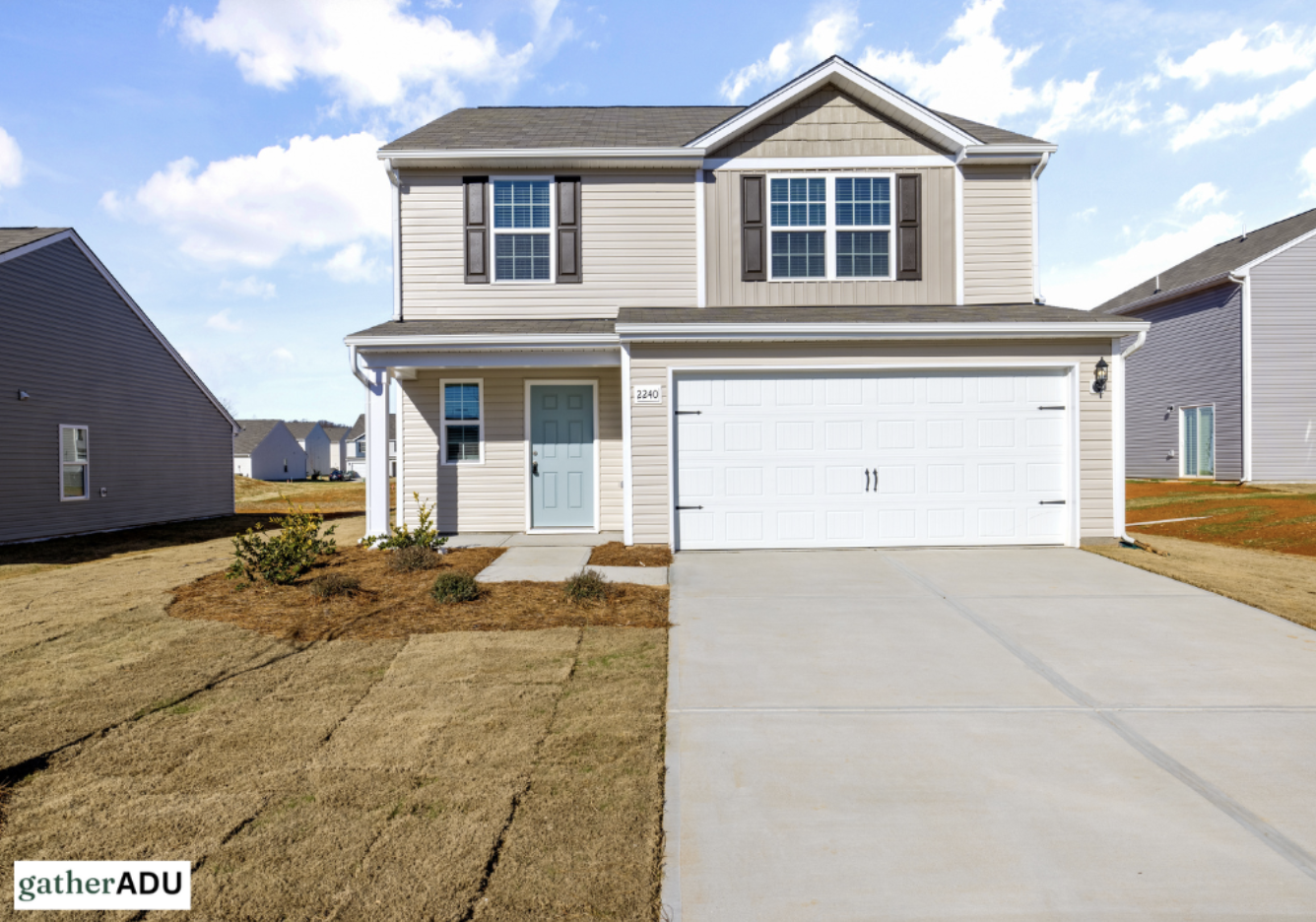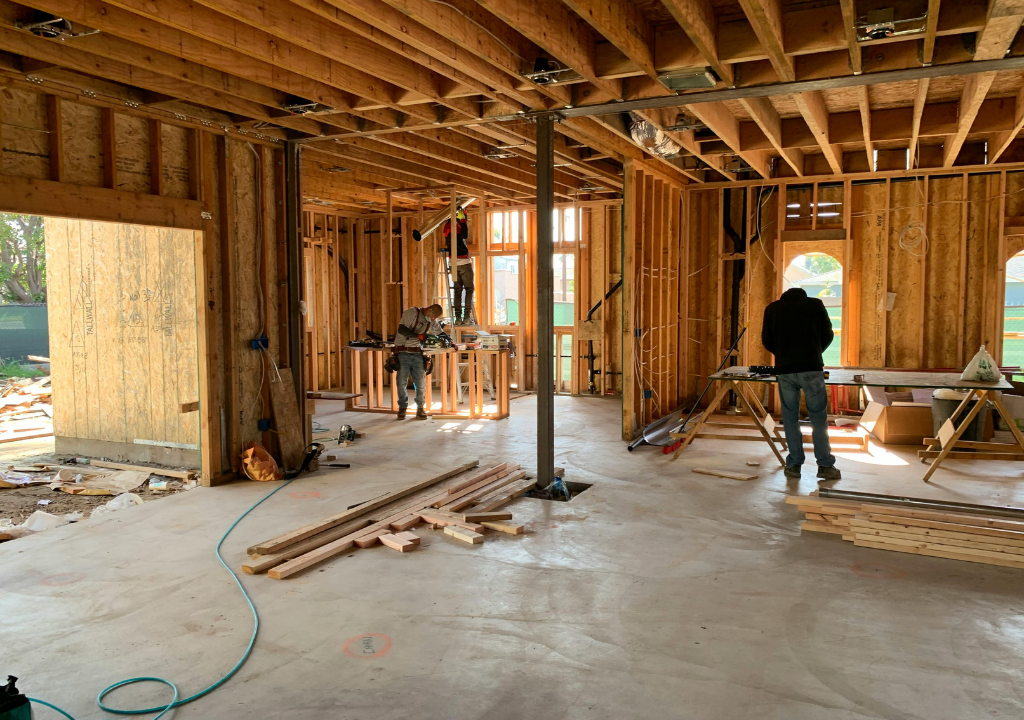ADU Knowledge
November 11, 2025
What Is a Casita in California Home Design?

.png)
Schedule a free appointment with one of our ADU experts.
Get ADU QuoteOr call: (323) 591-3717
In California, a casita is a small dwelling that is either detached or attached to the main house. It is officially called an Accessory Dwelling Unit, or ADU. Traditionally meaning “little house” in Spanish, it provides flexible space for guests, a home office, or an in-law suite. State programs encourage casitas to increase housing options and add property value.
A casita is a compact, independent dwelling situated on the same property as the main house. It typically includes a private entrance, kitchen, bathroom, and living area. Additionally, Gather ADU designs and builds functional casitas. These units enhance comfort and maximize functionality for guests, family, or renters. The work also adds property value.
In California, building an ADU, or casita, is easier thanks to state law. ADUs are smaller, independent units on single-family lots. State rules allow one ADU per lot. They remove the owner-occupancy requirement, simplify permits, and may include state grants. Local rules, however, still apply.
Most cities allow detached ADUs between 200 and 1,200 square feet. Minimal setbacks are often required, such as four feet from the side or rear property lines. Parking may be waived if your property is near public transit. Despite variations, many cities streamline permits for detached units. These rules ensure safety and functionality.

A typical casita is a compact, self-contained dwelling, generally ranging from 300 to 1,200 square feet. It usually includes a bedroom, bathroom, and kitchen or kitchenette. Additionally, most casitas feature a private entrance and living area. Optional elements like patios, built-in storage, and quality finishes are available. These features enhance both comfort and functionality.
Other common additions include outdoor patios, built-in storage, and sustainable designs. A well-designed casita makes the most of space while meeting ADU standards. Every casita should be functional and comfortable. Careful planning ensures it complements the main home and enhances the property.

Homeowners build a casita to increase living space for various needs. For example, the unit can accommodate multigenerational family members. It can also serve as a private home office or studio. Another use is providing rental income. Additionally, casitas offer privacy and flexibility while remaining on the same property. This enhances both comfort and functionality.
Adding a self-contained casita and hiring a professional also boosts overall property value. It provides additional functional space and long-term investment potential. Moreover, careful design ensures a balance of style, comfort, and practicality. When planned thoughtfully, a casita can enhance your home. It will also remain within budget and meet all local regulations.
A casita is a specific type of ADU. Although all casitas are ADUs, not all ADUs qualify as casitas. An ADU is a general legal term for any secondary dwelling. A casita, however, is a detached, personalized guest house. It is designed for comfort, privacy, and independent living.
ADUs can serve many purposes. Casitas are typically smaller and more intimate. They often have a separate entrance and living area. Planning a casita focuses on creating a cozy, functional space for guests or family. The goal is not to maximize rental income or convert existing structures.
Before building a casita, homeowners should carefully review legal, financial, and practical considerations. Begin by checking zoning laws and obtaining necessary permits. Additionally, evaluate available space, access, and utility connections. Finally, plan the design, purpose, and budget to ensure the casita is functional, compliant, and meets long-term needs.
Budgeting is essential when building a casita. Expenses include utilities, kitchen and bathroom installations, and long-lasting construction materials. Additionally, working with an experienced builder can simplify the process. Good planning ensures the casita complies with regulations and fits the property layout.

Trying to fit guests, family, or a home office into a cramped home causes problems. This situation reduces comfort and creates stress. Limited space may also restrict your property’s potential and overall functionality. Many homeowners wish they could expand their living area. They want to do this without moving or dealing with complex building regulations.
Gather ADU offers the solution. We design and build stylish, fully compliant casitas tailored to your lot. From zoning approval to final construction, our team ensures comfort, functionality, and aesthetics. Let Gather ADU help transform your backyard into an independent living space that adds value and convenience.
In California, a casita is a small, self-contained secondary dwelling, typically a backyard guest house. It is considered a type of ADU and includes a bathroom, kitchen, and living space. Additionally, casitas can be detached or attached, and ADU regulations guide their design and placement.
Yes, a casita must have permanent cooking, sleeping, and sanitation facilities to qualify as an ADU. Without a full kitchen and bathroom, it may not be legal. Consequently, this limits its use for family members, guests, or potential rental purposes.
Yes, you can rent a casita if it is a legal, permitted dwelling. First, check city and county rules for long-term or short-term rentals. Additionally, review all Homeowners Association (HOA) restrictions. Do this before renting the unit to ensure full compliance.
Casita size depends on local regulations. Generally, state law allows ADUs up to 1,200 square feet. However, some cities restrict them to 750–800 square feet. Therefore, always confirm local rules. The allowable size often depends on your property's dimensions and the unit's intended use.
Yes, constructing a casita requires proper permits. You must comply with local zoning laws and building codes. Moreover, obtaining these approvals ensures the casita is legal and safe. This helps you avoid fines or other legal issues.
.png)
Not sure where to start with your ADU project?